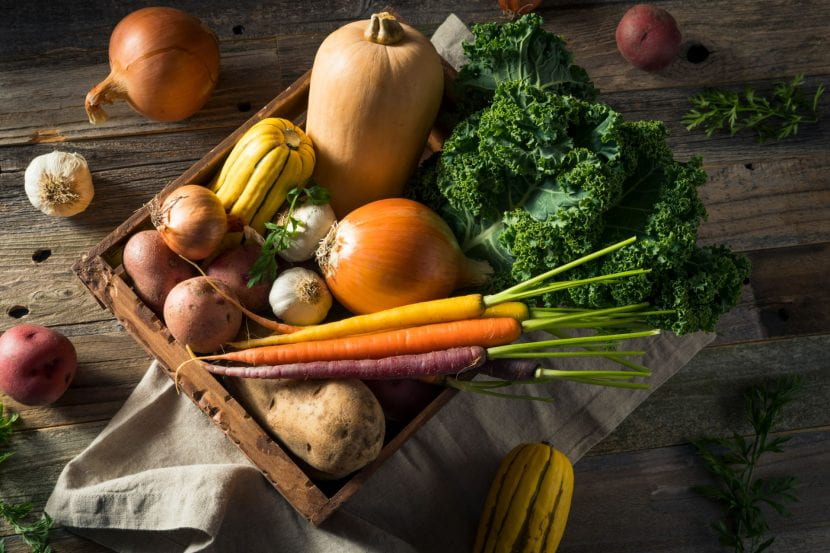Autumn is a beautiful season, with crisp days and nights, spectacular foliage, and a bounty of seasonal produce for the taking. Whether you harvested from your own garden or shopped at your local farm stands and farmers’ markets, you would have had access to a variety of produce that is harvested at the end of Summer and into Fall. The Fall harvest includes some wonderful vegetables such as beets, broccoli, Brussel sprouts, cabbage, carrots, parsnips, turnips, potatoes, pumpkins, and winter squash. These vegetables are rich in vitamins, minerals and plant compounds that are so important in a healthy diet.
Broccoli, cabbage and Brussel sprouts are considered cruciferous vegetables, rich in vitamins A, C and K, folate as well as compounds that can help reduce inflammation in the body, known as phytonutrients.
Beets, both the greens and the root, are a powerhouse of nutrients. Aside from being a great source of fiber, the beetroot is rich in antioxidants which are natural compounds that protect our cells from damage, thereby helping to lower the risk of cancer and heart disease. They are a great source of potassium and nitrates which play a beneficial role in blood pressure control. Beet greens are rich in copper, iron, and magnesium.
Carrots are good for your eyes, as well as your bones. They are loaded with vitamin A and beta-carotene. Their calcium and vitamin K content contributes to healthy bones. They are high in fiber which helps relieve constipation and promote regular elimination.
Parsnips and turnips are also great sources of fiber. They both contain potassium and vitamin C, but turnip greens are also an excellent source of B vitamins.
Sweet and white potatoes are both good sources of fiber, vitamins B6 and vitamin C. White potatoes are higher in potassium and sweet potatoes contain more vitamin A. The skins are particularly rich sources of nutrients, just remember to scrub them clean before cooking.
Winter squashes include such favorites as butternut, Hubbard, acorn, buttercup and delicata. They keep well though the winter months under the right conditions. They are rich in alpha and beta- carotene which the body converts to vitamin A. They also contain vitamins A and C, as well as fiber. Pumpkin is similar to winter squash in fiber and vitamin A content. It is also a great source of lutein which is important for eye health.
Not sure what to do with your Fall harvest? Check out one of our favorite recipes!

As you can see, the Fall harvest is not only rich in color and flavor, but it can contribute a wide range of important nutrients know to be essential for health maintenance and disease prevention. All these vegetables are delicious roasted, steamed or incorporated into casseroles, soups and stews. Remember to always wash your raw vegetables thoroughly under running water, using a produce brush on produce with tough skins. You can find more information on preparation and cooking tips at: www.human.cornell.edu/dns/fmnp/consumers.
What is your favorite recipe to use your Fall harvest? Let us know in the comments!

